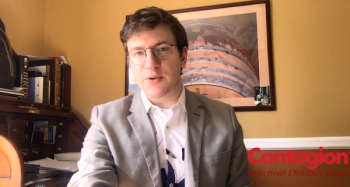
A summary of today's top stories.
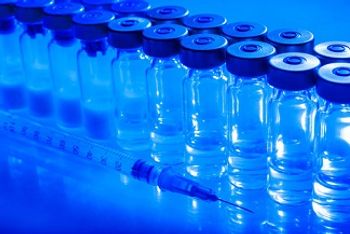
Barriers to recommended vaccine coverage for low-income American adults include disparity in Medicaid programs and low reimbursement amounts, a new study found.
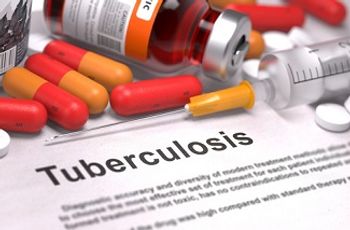
Efforts to speed diagnosis among men might help stem the spread of the disease.

Paul Sax, MD, discusses remdesivir, scientific literature in the age of COVID-19, and the pandemic's long-lasting effects on the future of health care.
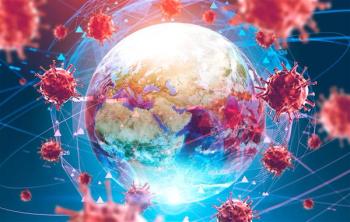
A series of essays consider the privileges and ethics of an immunity-based "passport" to proceed with fewer restrictions in the age of COVID-19.

Treating severe COVID-19 patients with lopinavir-ritonavir did not have any significant effect compared to standard-care control patients.

A quick summary of the day's infectious disease headlines.
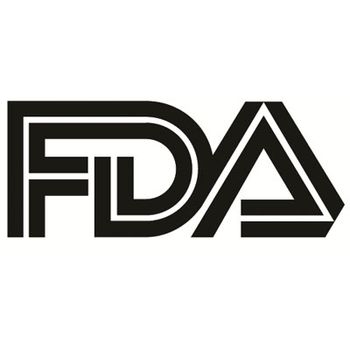
The agency provided 2 new recommendation guidelines for sponsors looking to assess potential preventive and therapeutic agents for the coronavirus.
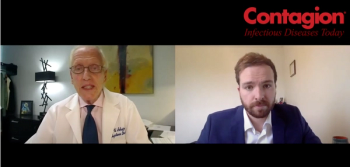
What is the hopeful expectation of the new candidates, relative to previously developed vaccines?

RSV causes thousands of deaths in children - why do some have more severe disease?

Rodney E. Rohde, PhD, discusses the challenges our shortage of medical laboratory specialists creates for the COVID-19 response.
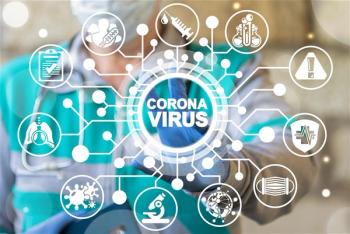
Contact tracing allows epidemiological response by not only notifying people of exposure so they can quarantine, but also understanding potential exposure dynamics that allowed for disease transmission.

Conversations about PrEP with a clinician are the least common among adolescents with the greatest risk for HIV.

A brief summary of our daily coverage.

The Rutgers laboratory is now authorized to receive and test collected, prescribed samples of either nasal or saliva samples for possible COVID-19.

Preventive medicine expert William Schaffner, MD, discusses what it will take for investigators to properly assess and manufacture a vaccine.
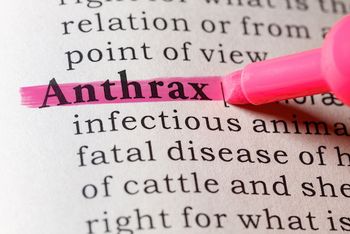
In a new phase 4 study, investigators found giving patients raxibacumab at the start of anthrax vaccine adsorbed administration does hurt the protective quality of the vaccine.

Elevated beta-lactam concentrations have been associated with neurotoxic adverse effects, including seizures and mental status changes.

The opening of this new category of coronavirus testing makes antigen the third type authorized by the FDA, following polymerase chain reaction and serological tests.
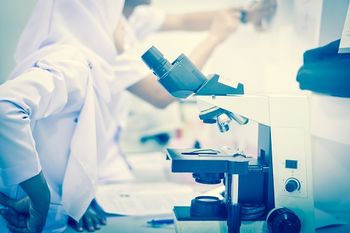
Medical journal editors call for managed expectations for the numerous clinical trials that will soon release results on potential COVID-19 treatments.

The bacterial pathogen Campylobacter jejuni has developed chicken and cattle specific strains since the rise of 20th century livestock farming.
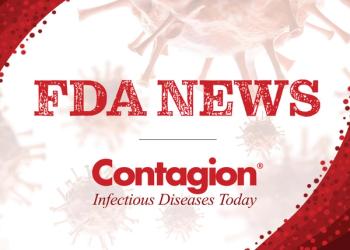
Here is a look at some of the US FDA authorizations in the month of May so far.
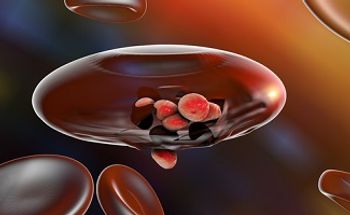
Investigators detailed a promising new approach to fighting malaria with an antibody that targets a specific malaria protein, triggering the pathogen to self-destruct.

We’ve compiled a list of recalls issued by the US Food and Drug Administration (FDA) and US Department of Agriculture (USDA) from this past week:

A quick video summary of today's COVID-19 headlines.

An assessment of 1300 hospitalized patients in New York shows the rheumatic drug is neither beneficial nor harmful to reducing mortality from coronavirus.

The device, which uses a sample collected from the patient’s nose with a nasal swab and saline, will allow patients to collect their own sample and return it to a Rutgers laboratory in a sealed package for testing.
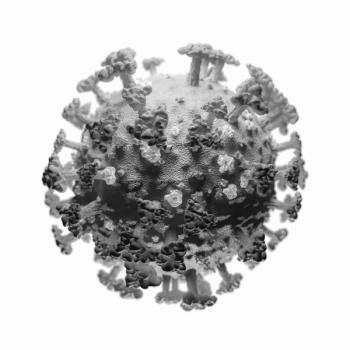
Investigators have pinpointed two types of cells in the lining of the nose that they say are the most likely entry points for SARS-CoV-2.
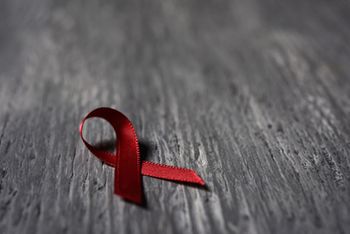
Sky-high HIV drugs costs are a significant barrier to adherence and our goal of eradicating the virus.
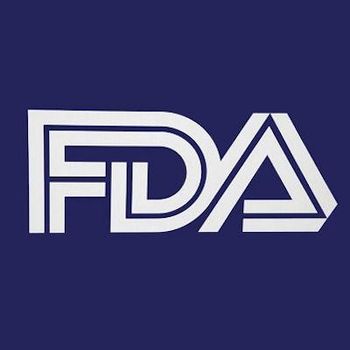
Moderna hopes to initiate phase 2 and late stage studies of its vaccine candidate, mRNA-1273, against COVID-19.